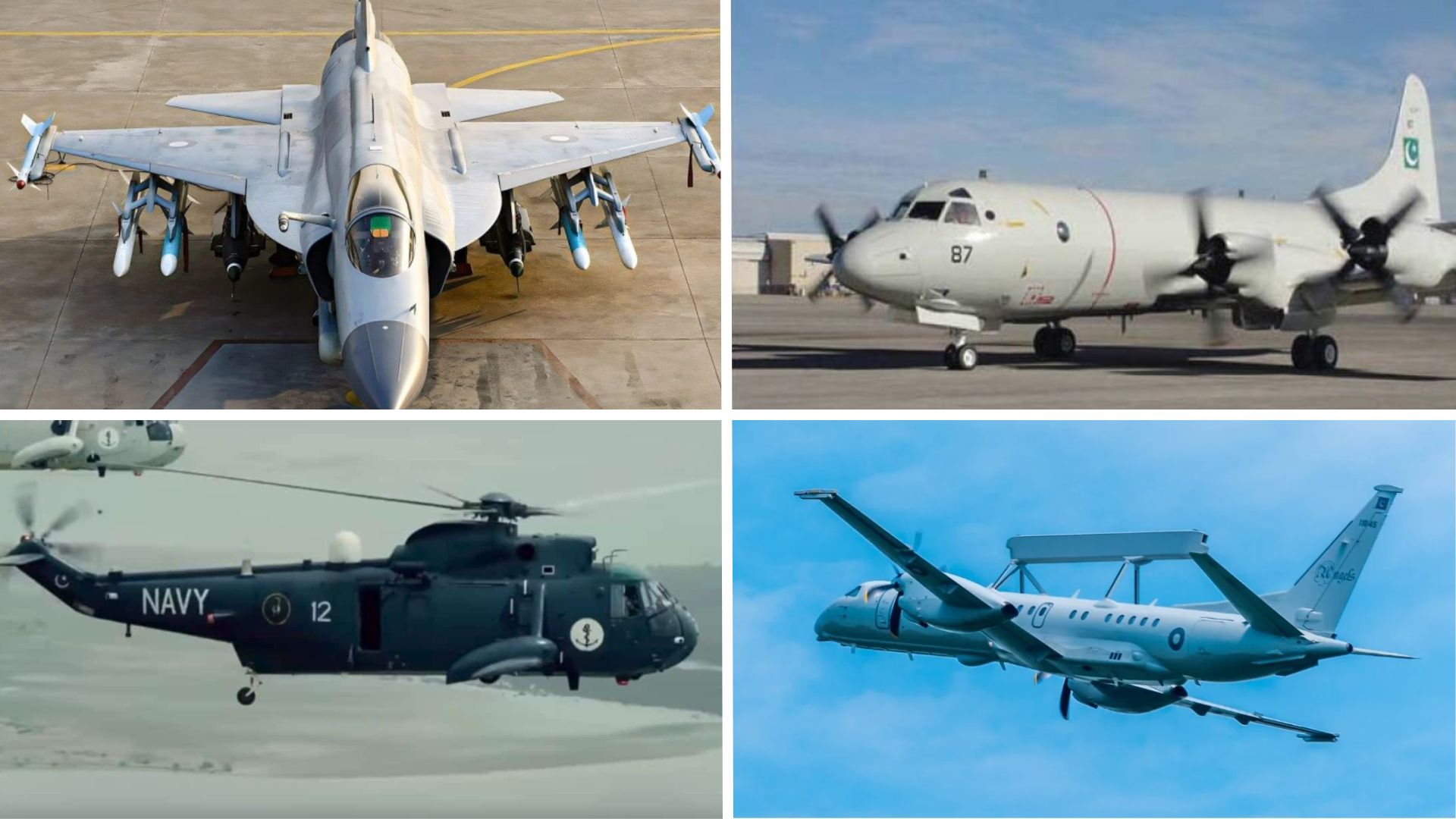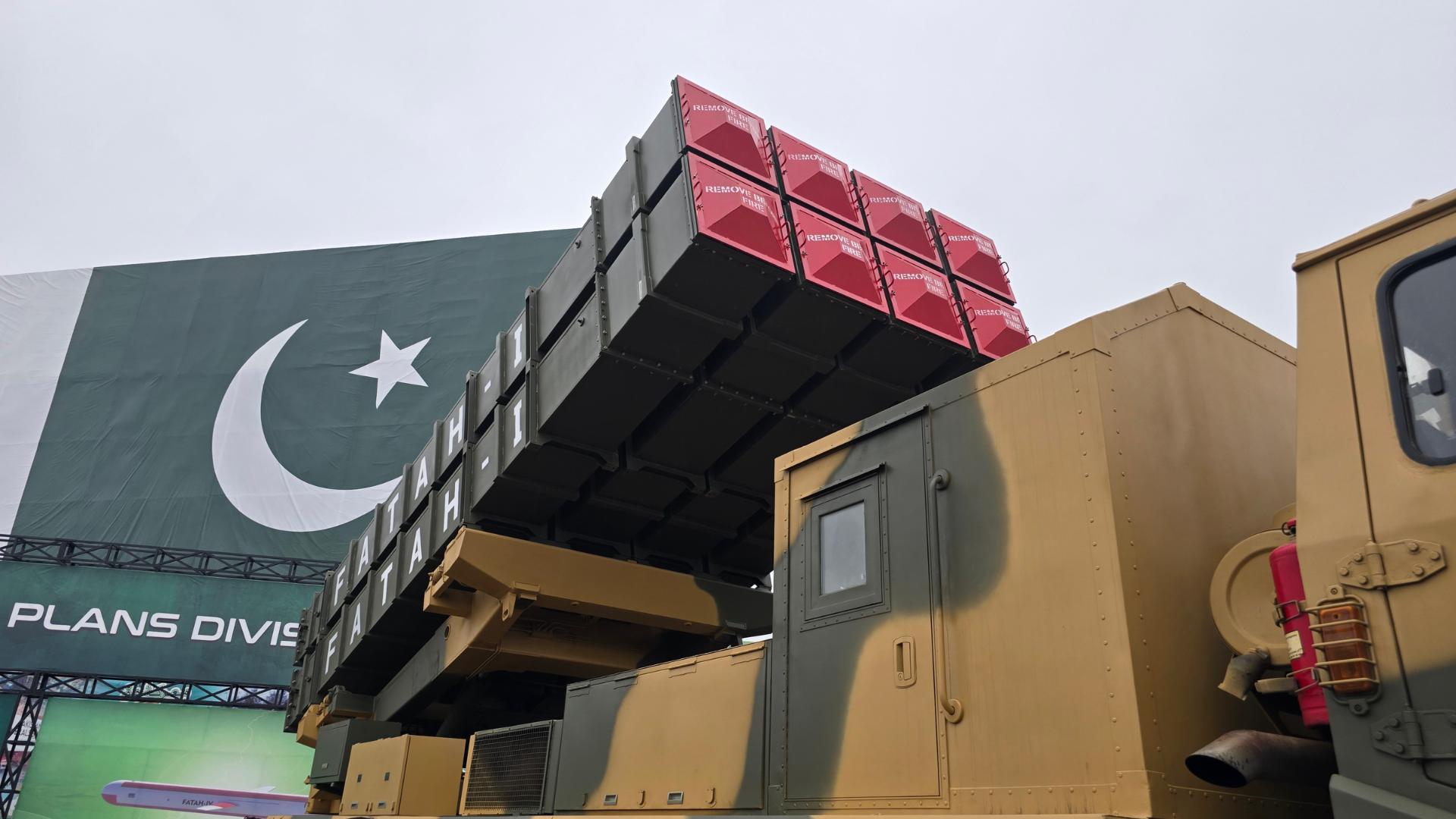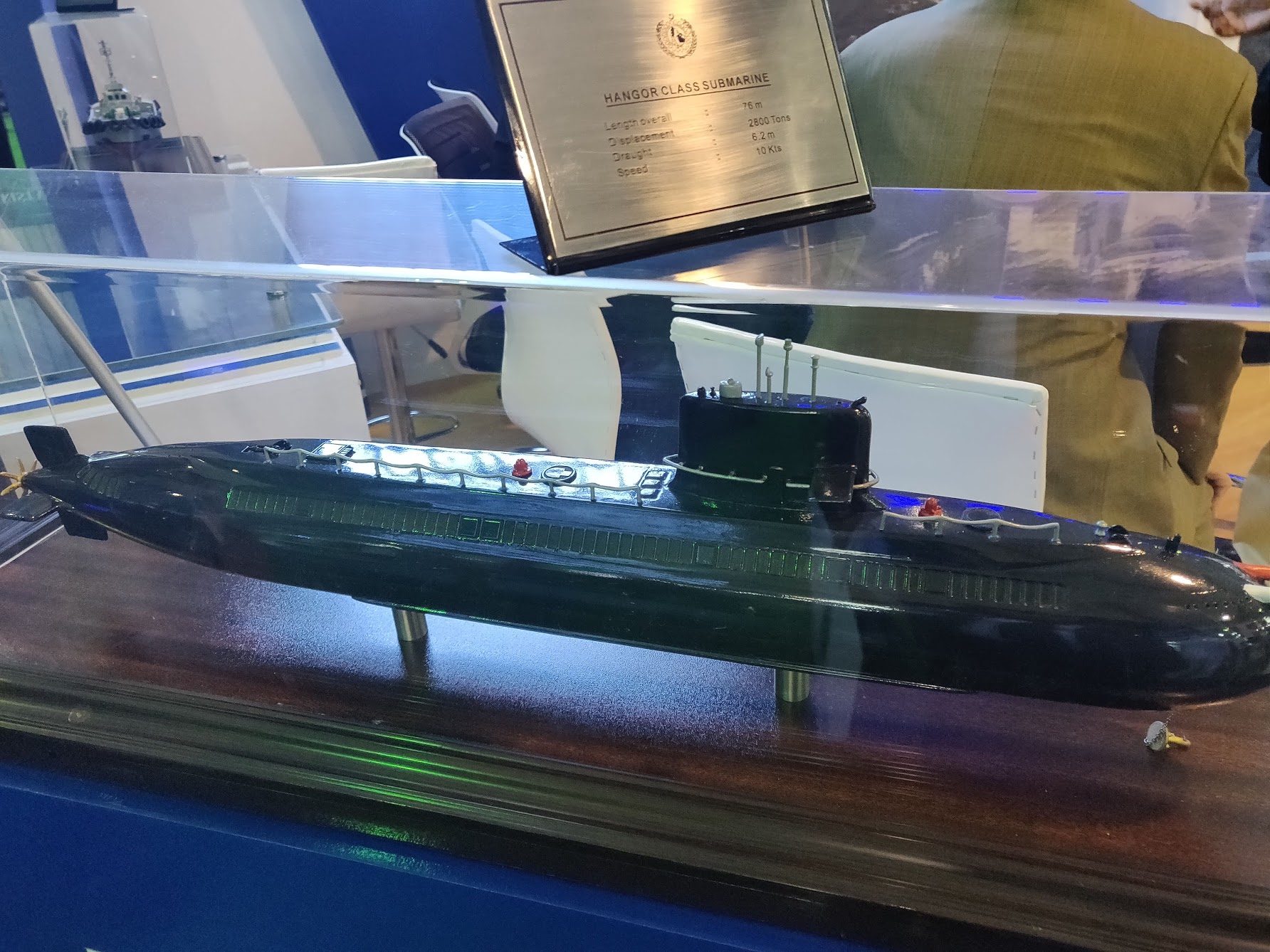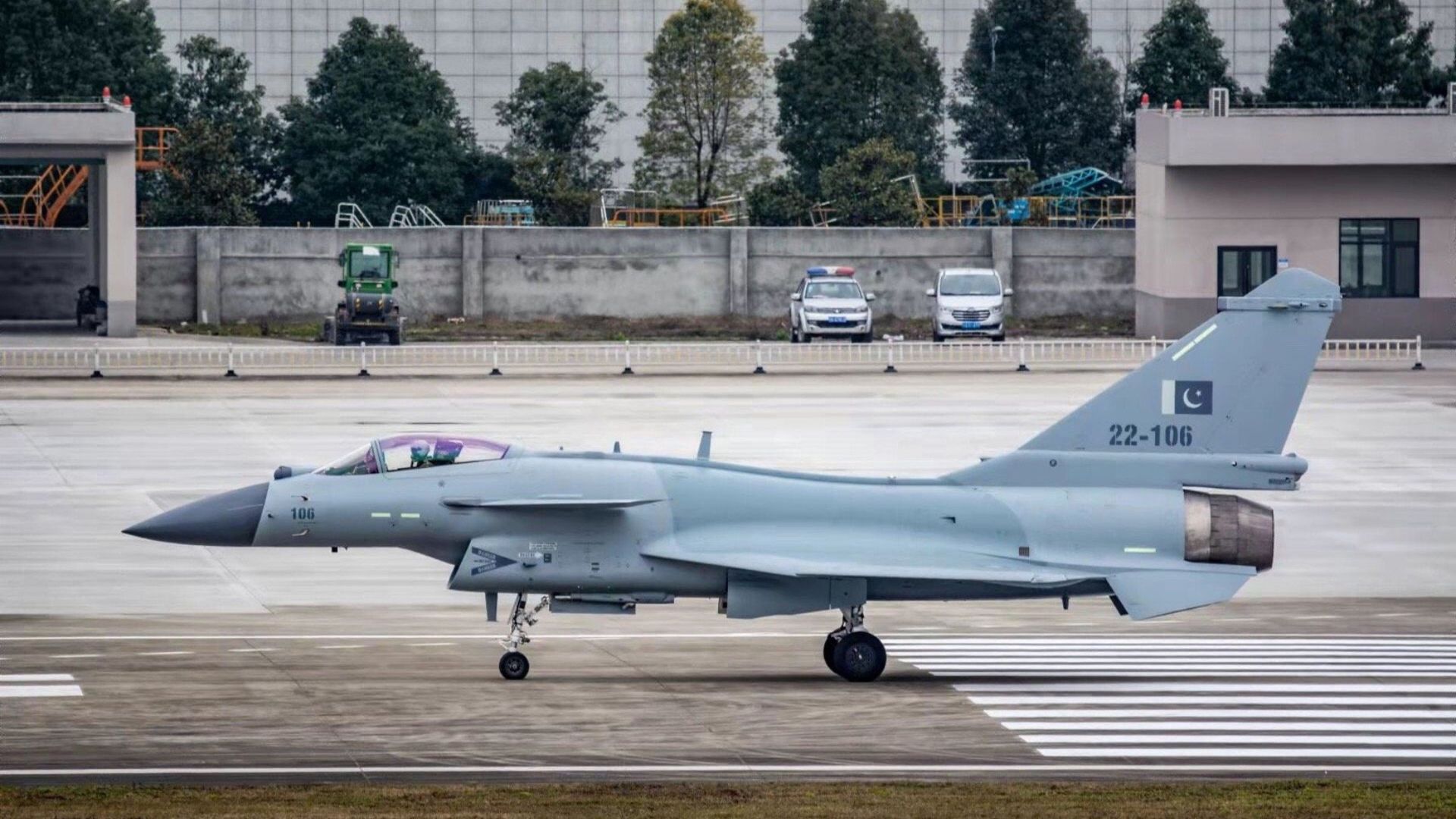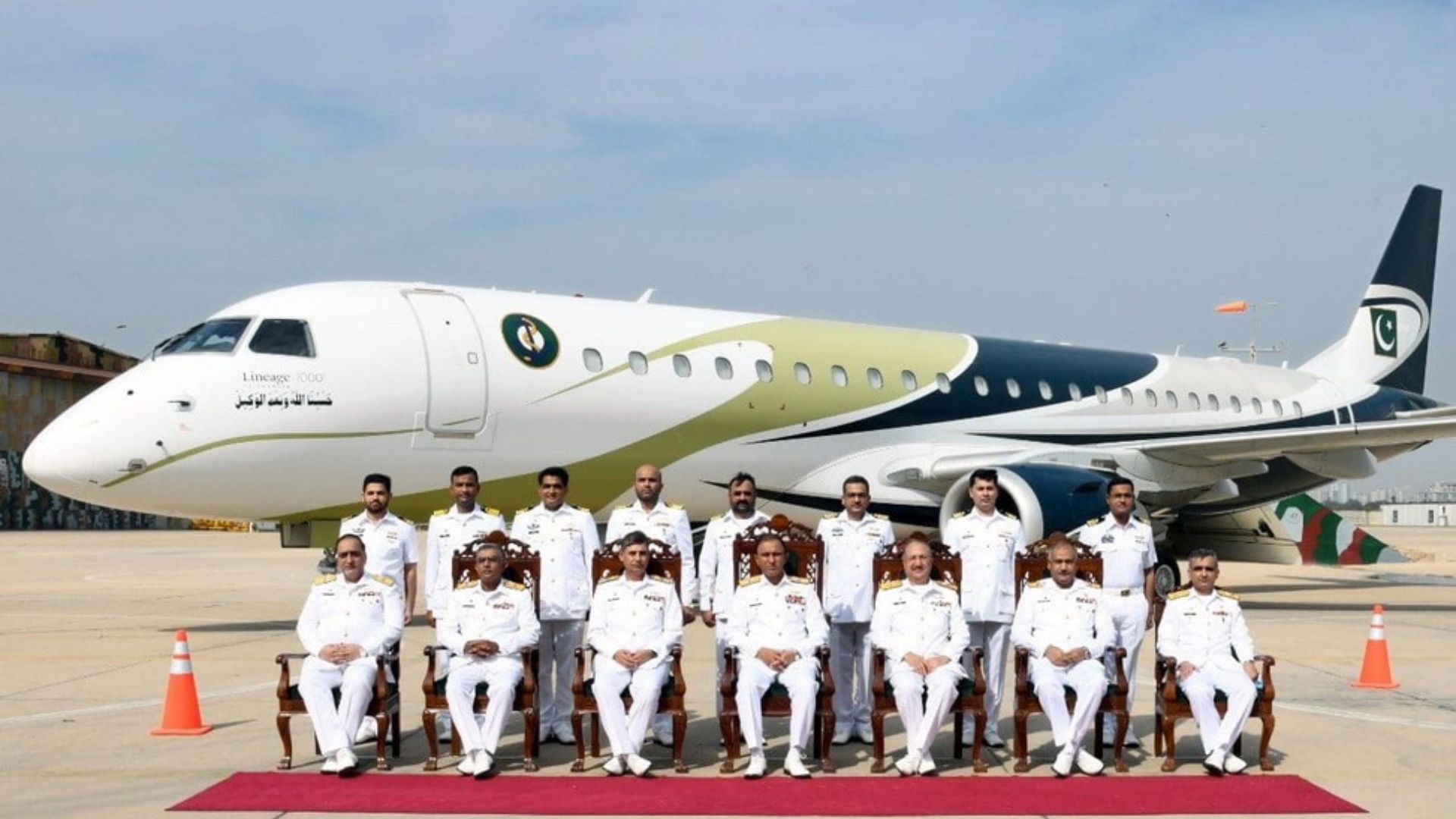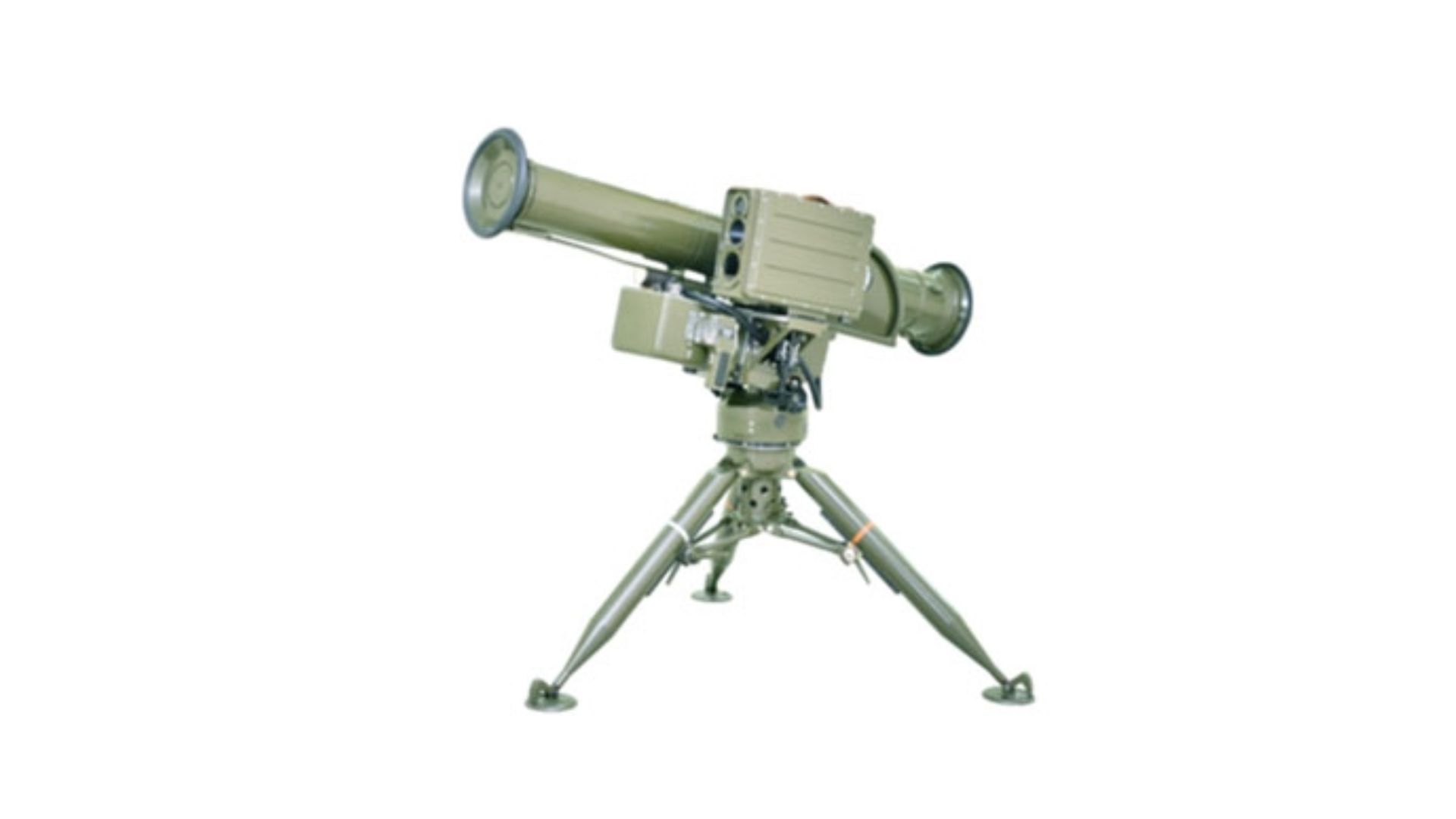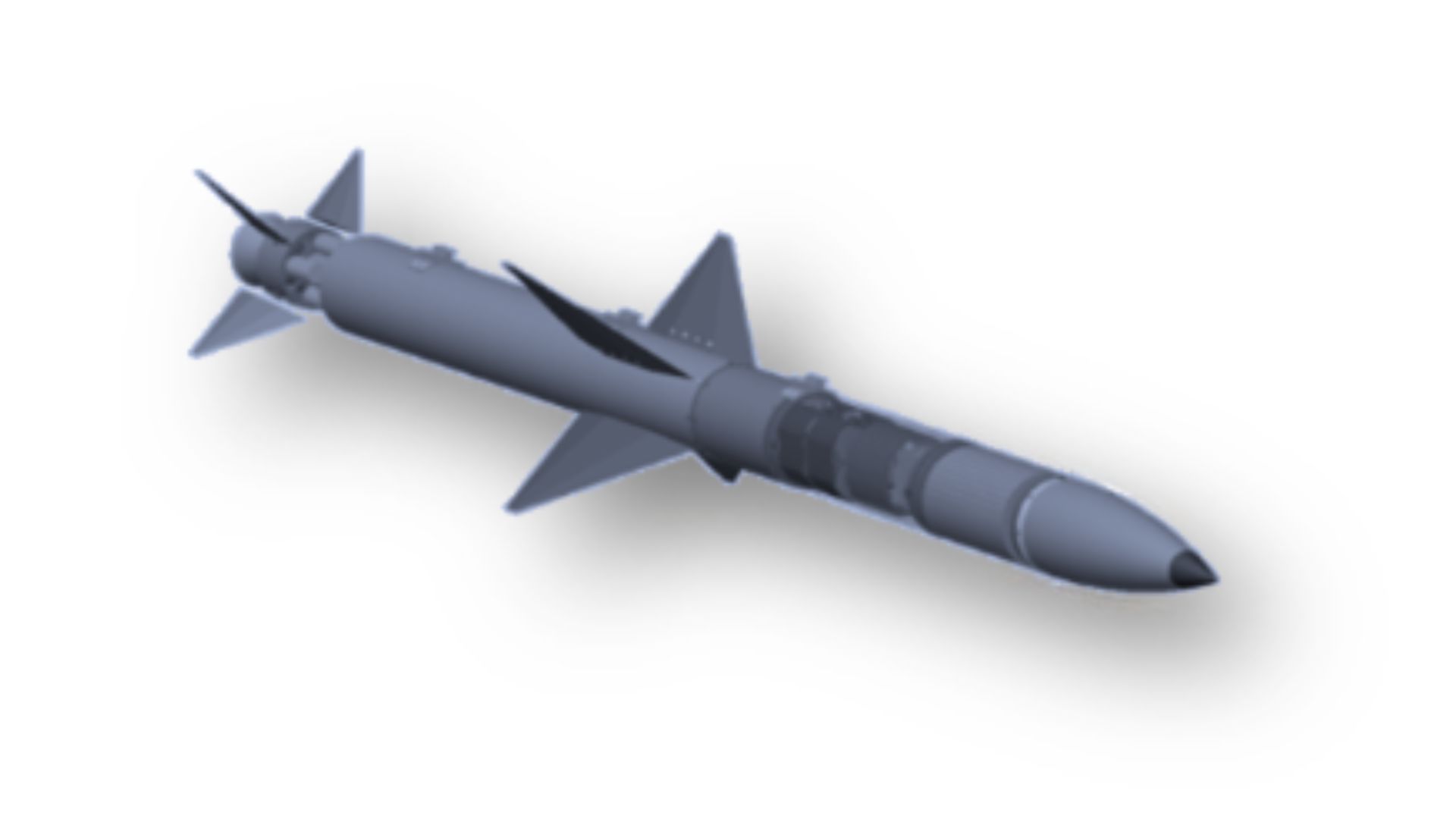Pakistan’s $406M satellite deal with China unlocks a hidden multi-billion dollar market for ground-based AI, C4ISR, and data processing infrastructure.
An analysis of the ARFC’s challenges in building a credible stockpile to sustain a genuine wartime effect.
An analysis of the ARFC’s challenges in building a credible stockpile to sustain a genuine wartime effect.
The current air defence work was mostly informed by the assumptions decision-makers held following the 2019 skirmish. However, the dynamics of the 2025 conflict will change these assumptions across two key areas: (1) high-volume, low-flying slow threats and a (2) potential risk…
The Pakistan Navy has eight Hangor submarines on order from China. The first four will be inducted in 2022-2023, and the last four by 2028.
Designed for air superiority and strike missions, the J-10CE is an export variant of the J-10C in service with the People’s Liberation Army Air Force (PLAAF). The Pakistan Air Force (PAF) inducted the J-10CE in March 2022 as part of an order…
The Bakhtar Shikan is Pakistan’s indigenously manufactured anti-tank guided missile (ATGM). It is based on the Chinese HJ-8 missile.
The Bakhtar Shikan is Pakistan’s indigenously manufactured anti-tank guided missile (ATGM). It is based on the Chinese HJ-8 missile.
The Bakhtar Shikan is Pakistan’s indigenously manufactured anti-tank guided missile (ATGM). It is based on the Chinese HJ-8 missile.
The FAAZ-series are two beyond-visual-range air-to-air missile (BVRAAM) programs being developed by Pakistan’s state-owned enterprises (SOE), likely Air Weapons Complex (AWC), a bureau of the National Engineering and Scientific Commission (NESCOM).


